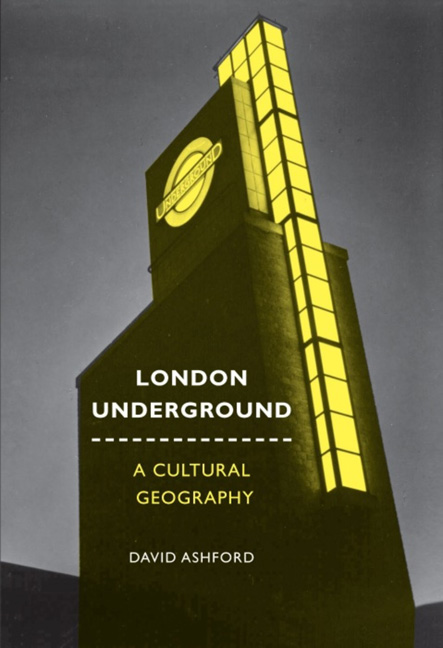Book contents
- Frontmatter
- Dedication
- Contents
- Acknowledgements
- Notes on Convention
- List of Illustrations
- The Book of the Machine: A User's Guide
- 1 Psychopathology of Modern Space
- 2 The Lord of the Dynamos
- 3 Blueprints for Babylon
- 4 Making a Home in Modernity
- 5 Christmas in Hell
- 6 Insurrection in Alphabet-City
- 7 The Ghost in the Machine
- Index
- Platesection
1 - Psychopathology of Modern Space
- Frontmatter
- Dedication
- Contents
- Acknowledgements
- Notes on Convention
- List of Illustrations
- The Book of the Machine: A User's Guide
- 1 Psychopathology of Modern Space
- 2 The Lord of the Dynamos
- 3 Blueprints for Babylon
- 4 Making a Home in Modernity
- 5 Christmas in Hell
- 6 Insurrection in Alphabet-City
- 7 The Ghost in the Machine
- Index
- Platesection
Summary
A spoiler follows: the woman was murdered by her husband, who pushed a ring containing prussic acid onto her finger as they travelled together in a compartment on London's steam-powered Victorian Underground. The resolution to Baroness Orczy's ‘The Mysterious Death on the Underground Railway’ (1901) might suggest a malevolent inversion of the Orpheus myth, the transposition of that primeval narrative of descent into an Industrial Underworld. It is therefore baffling to find no reference to the infernal properties of this smoky, subterranean space in Orczy's story. The reader is presented with a first-class carriage merely, like that on any conventional railway, save that there is nothing to see through the window. Yet setting is certainly central to the plot. The premise of Orczy's murder mystery is that the average Englishman might get away with murder on the Underground, because he can count on the fact that the other passengers will resolutely refuse to pay any attention whatsoever to anyone else in their compartment. The first witness, Mr Joseph Campbell, can recall that a man in a tweed suit seated himself next to Mrs Hazeldene and that the man alighted at Farringdon Street, but took no notice of them because he was very much engrossed in some calculations, buried in the Stock Exchange quotations of his evening paper. The second witness, Mr James Verney, can recollect that there was a lady sitting in the corner opposite to him, apparently asleep, but he paid no special attention to her: ‘He was like nearly all business men when they are travelling – engrossed in his paper’. The phenomenon explored in ‘The Mysterious Death’ is not the nineteenth-century Industrial Underworld but the peculiar behaviour generated by modern urban spaces like the Underground railway. ‘The great secret of successful crime is to study human nature,’ observes Orczy's sinister sleuth, the Man in the Corner: ‘[and] Edward Hazeldene knew it well’.
Orczy's curious failure to engage with the popular trope of the Industrial Underworld reflects the limitations of the vertical framework employed in the only full-length critical survey of the nineteenth-century Underground railways, David Welsh, Underground Writing: The London Tube from George Gissing to Virginia Woolf (2010).
- Type
- Chapter
- Information
- London UndergroundA Cultural Geography, pp. 11 - 44Publisher: Liverpool University PressPrint publication year: 2013



